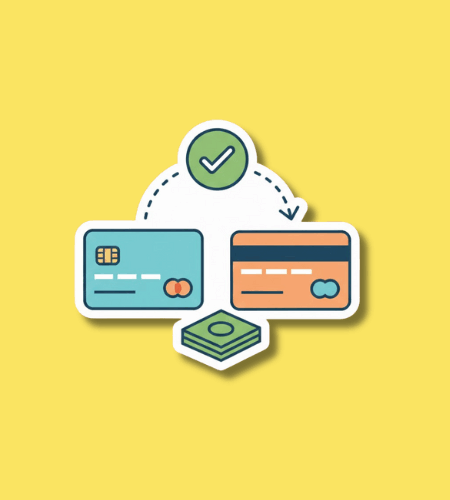National Bank Transfer Day is observed annually on November 5. It began as a consumer initiative encouraging people to transfer their accounts from large commercial banks to member‑owned credit unions.
Table of Contents
History of Bank Transfer Day
The movement took shape in 2011, when numerous large banks announced or were planning to charge new debit‑card monthly fees. In response, an art gallery owner in Los Angeles created a “Bank Transfer Day” event on November 5, 2011, inviting people to move their money to credit unions. The timing of November 5 was chosen partly in reference to Guy Fawkes Day because of its symbolism of individual action. While the event was not officially institutionalized after that year, the date has been recognized in awareness calendars.
Why is Bank Transfer Day important?
On this day I reflect on how consumers can use their financial choices as a signal to institutions. The idea of moving one’s money isn’t just about convenience—it’s about aligning with values: transparency, fairness, service. When many people act together, the steady hum of banking becomes a place of power, not passivity.
It also reminds me that financial behaviors often start small but ripple outward. A single transfer may feel trivial—but facing fees or impersonal service is what triggered many to act. In that sense, Bank Transfer Day is less about the day itself and more about the principle: that we can evaluate where we bank, why we bank, and whether our money and institutions serve us or we serve them.
- It spotlights the impact of banking fees, service and institutional accountability
- It underscores that membership institutions (credit unions) offer alternatives, not just big banks
- It highlights that monetary decisions reflect personal values and agency
- It encourages transparency and integrity in financial relationships
- It reminds us that collective action—even as individuals—can prompt change
How to Celebrate Bank Transfer Day
Celebrating doesn’t require a grand protest—it calls for practical awareness. Use November 5 to review your banking: What fees am I paying? What service do I receive? Could a credit union or smaller bank offer better alignment with my values? If you decide to switch or open an additional account, prepare the process: automatic payments, direct deposits, account closures, etc.
You might also spread awareness: talk to friends or family about why you care where your money is, or share a post noting your evaluation of financial institutions. The goal isn’t to criticize but to empower.
- Review your monthly bank fees and terms: are they aligned with your expectations?
- Explore local credit unions or smaller banking institutions: what would changing require?
- If you choose to switch, plan the logistics: update direct deposit, auto‑payments and savings goals
- Share a short message with someone, “I reviewed my bank today—have you?”
- Use the date to reflect once a year: keep your relationship with your bank intentional, not automatic
Bank Transfer Day Dates Table
| Year | Date | Day |
|---|---|---|
| 2025 | November 5 | Wednesday |
| 2026 | November 5 | Thursday |
| 2027 | November 5 | Friday |
| 2028 | November 5 | Sunday |
| 2029 | November 5 | Monday |
Subscribe to our newsletter and never miss a holiday again!

